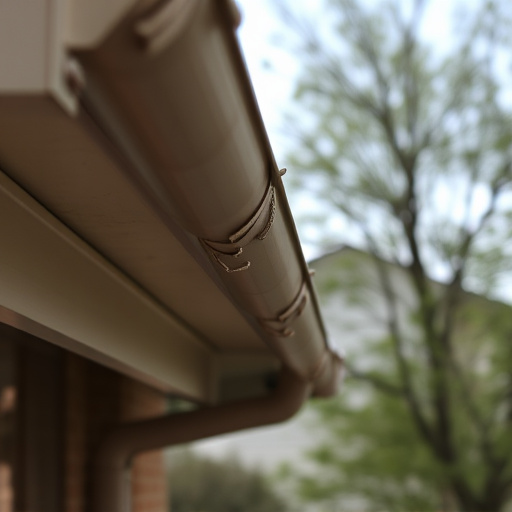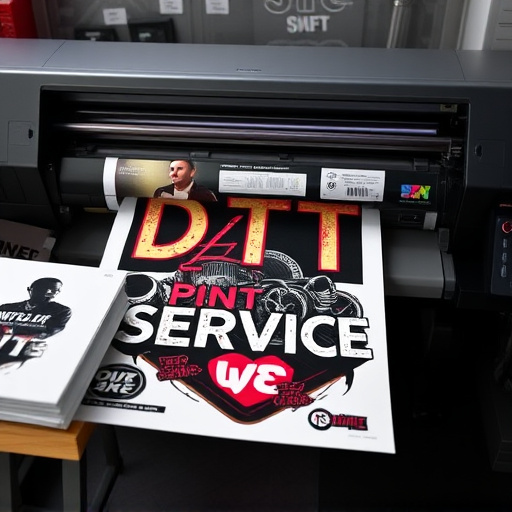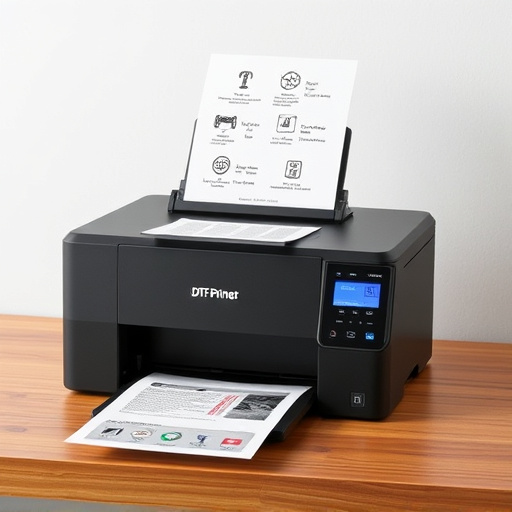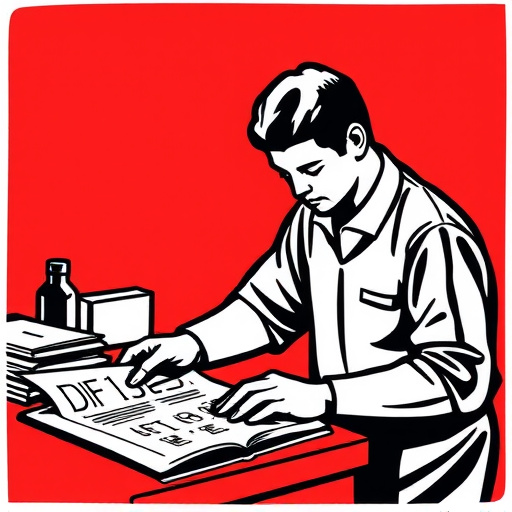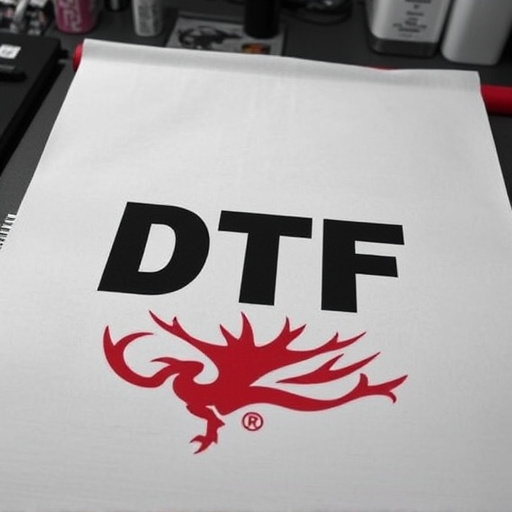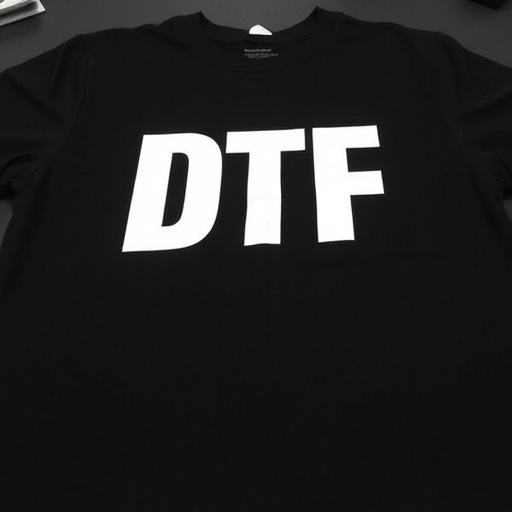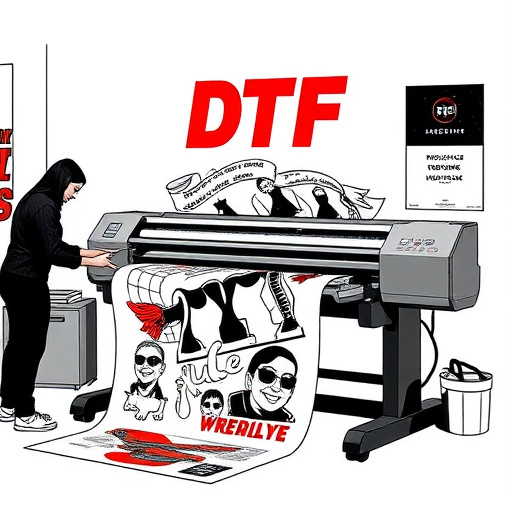DTF Transfer Gang Sheets are digital tools for printing custom designs on fabric, crucial in the apparel industry for swift and cost-effective production. Common challenges include misalignment, ink bleeding, and poor quality due to equipment or preparation issues. Optimal results require regular maintenance, correct media use, and controlled humidity. A structured troubleshooting approach, manual guidance, and community wisdom can solve problems, while proactive maintenance prevents recurrences, streamlining the DTF transfer process for small and large enterprises.
DTF Transfer Gang Sheets are essential tools in modern printing, enabling efficient color management. However, issues can arise, leading to subpar print results. This article delves into the intricacies of DTF transfer gang sheets, provides an overview of common problems and their root causes, and offers proven troubleshooting strategies for quick resolution. By understanding these techniques, printers can optimize sheet handling, ensuring consistent and high-quality prints every time.
- Understanding DTF Transfer Gang Sheets: An Overview
- Common Issues and Their Causes
- Effective Troubleshooting Strategies and Tips
Understanding DTF Transfer Gang Sheets: An Overview
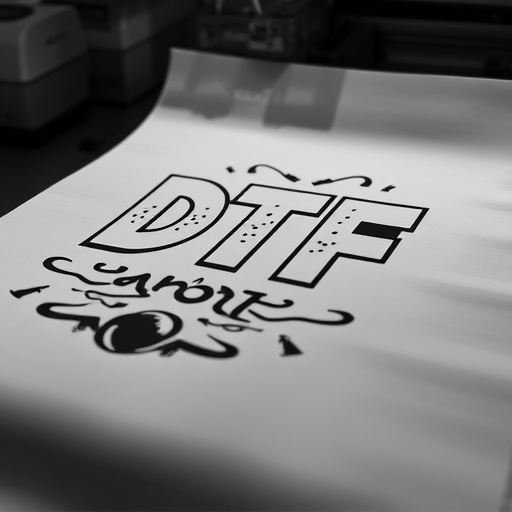
DTF Transfer Gang Sheets are a vital component in the process of applying custom designs to various materials, particularly in the apparel industry. These sheets serve as a blueprint for transferring digital images onto fabric or other surfaces using heat press machines. Each sheet consists of multiple layout panels, allowing for the efficient placement and printing of numerous design variations. By utilizing DTF (Direct-To-Fabric) technology, businesses can effortlessly create custom dtf for t-shirts, apparel, and other products, catering to individual customer preferences.
This innovative method streamlines the production process, enabling fast turnaround times and cost-effectiveness. With DTF Transfer Gang Sheets, businesses can easily manage and organize different design layouts, ensuring a seamless workflow from design creation to final product printing. Custom dtf transfers have become a game-changer for small and large-scale businesses alike, offering endless possibilities for creative expression in the apparel and merchandise sectors.
Common Issues and Their Causes
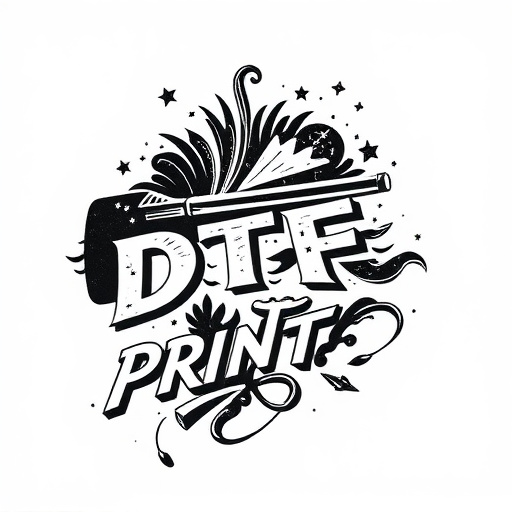
In the realm of DTF Transfer Gang Sheets, several common issues can arise during the customization and printing process. One of the primary challenges is misalignment during the transfer, leading to uneven or distorted prints on dark fabrics—a problem often attributed to improper sheet placement or inadequate printing settings. Another frequent issue involves ink bleeding or smudging, which can be caused by using incompatible inks for specific fabric types or failing to prep the fabric surface correctly before DTF printing.
Moreover, poor quality or outdated print heads can result in subpar DTF prints, with visible artifacts or inconsistent color accuracy. Custom DTf transfers, while offering unique designs, may encounter problems if the design files are not optimized for printing, leading to jagged edges or missed details. Ensuring optimal print quality necessitates regular maintenance of printing equipment and adherence to best practices for DTF printing, including using suitable media and maintaining proper humidity levels during the transfer process.
Effective Troubleshooting Strategies and Tips
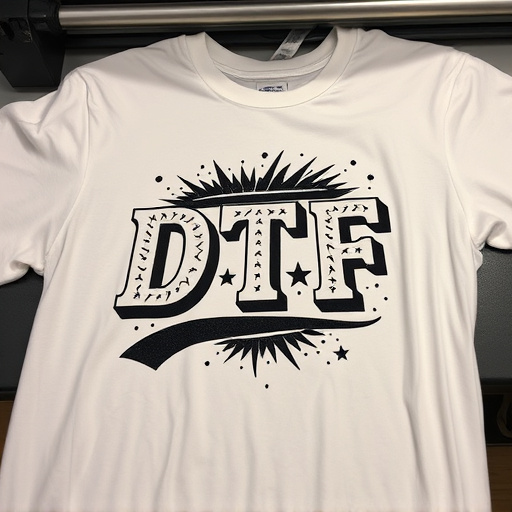
When troubleshooting issues with DTF Transfer Gang Sheets, a systematic approach is key. Start by identifying the specific problem—is it related to ink bleeding, misalignment, or poor adhesion? Each issue may require unique solutions. Refer to the user manual for basic guidelines; many manufacturers provide detailed troubleshooting sections.
Additionally, online communities and forums dedicated to screen printing can offer valuable insights. Sharing experiences with fellow printers often leads to effective strategies, especially when dealing with complex DTF for t-shirts or custom dtf transfers problems. Regular maintenance of your equipment is also crucial; ensure proper cleaning and calibration to prevent recurring issues. Remember, a proactive approach and quick troubleshooting tips can significantly enhance the efficiency of your DTF transfer process.
DTF Transfer Gang Sheets are an essential component of many industrial processes, and troubleshooting issues in these systems is crucial for maintaining efficiency. By understanding the common problems, their root causes, and implementing effective strategies, you can significantly reduce downtime and improve overall performance. With a proactive approach, you’ll be well-equipped to navigate any challenges that arise, ensuring smooth operations and optimized productivity in your manufacturing or processing facilities.




